#sichuan pepper
Text
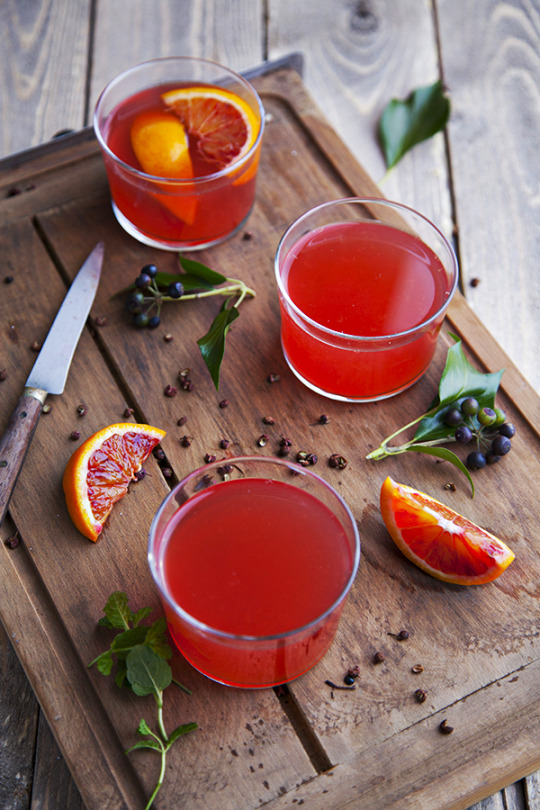
Vitamin C Infusion: Blood Orange, Sichuan Pepper & Mint (Vegan)
recipe is in French btw
85 notes
·
View notes
Photo

Still Life (eau de parfum)
Olfactive Studio
Nose: Dora Baghriche
Citrus
A sparkling and festive perfume, Still Life is a celebration of life! A surprising and luminous perfume that invites you to celebrate in style with a whirlwind of exotic cocktails. The brilliance of Japanese Yuzu, accompanied by a cocktail infusion of rare peppers, rum and warm woods. A stark contrast between ever present freshness and comforting, warm notes. A woody citrus fragrance of contrasts, energetic and alive!
Top notes: Yuzu, Elemi, Pink pepper, Black pepper, Sichuan pepper
Heart notes: Star anise, Galbanum
Base notes: Rum, Cedarwood, Ambroxan
#olfactive studio#eau de parfum#dora baghriche#citrus family#yuzu#elemi#pink pepper#black pepper#sichuan pepper#star anise#galbanum#rum#cedarwood#ambroxan
2 notes
·
View notes
Text
Sauvage Dior: the iconic men's perfume
Sauvage is a men’s perfume from the fashion house Dior. It was launched in 2015 and quickly became a global bestseller. The perfume is known for its fresh and virile scent, composed of Calabrian bergamot, Sichuan pepper and ambroxan. The story of Sauvage Sauvage was created by perfumer François Demachy. Demachy wanted to create a fragrance that would capture the essence of wild masculinity. He…
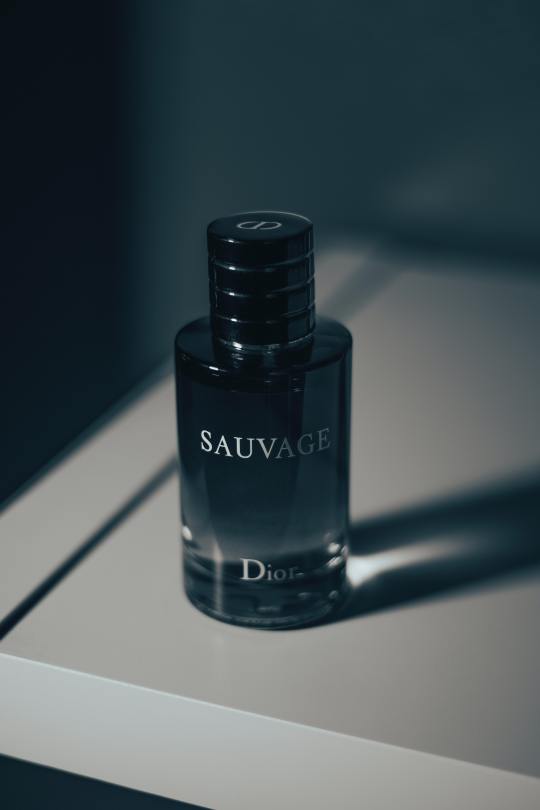
View On WordPress
1 note
·
View note
Text
Okay so today for the first time in my life, I ate Sichuan pepper - and when I bit down on that peppercorn, my mouth/tongue didn't go numb like apparently other people's do? But I started drooling like mad? And now I wonder, what do you guys here experience?
0 notes
Text
Sichuan Pork Ragu
Via Lucky Peach.
2 tbsp neutral oil
2 large yellow onions, halved and thinly sliced (about 5 cups)
1 lb ground pork
1 tbsp chopped garlic
2 tbsp doubanjiang or gochujang (spicy chili-bean paste)
1 tbsp sichuan peppercorns
1 tsp chili flakes (preferably gochugaru)
1 tbsp soy sauce
1 tbsp sugar
1/4 cup water
kosher salt
2 cups coarseley chopped bok choy (I used what I had at home – snap…

View On WordPress
0 notes
Text
Interview with the Sichuan Legend Chef YU BO
New Post has been published on https://china-underground.com/2019/12/25/chef-yu-bo-sichuan-cuisine-interview/
Interview with the Sichuan Legend Chef YU BO
Yu Bo is Chengdu’s most famous chef lauded as Sichuan Legend.
Yu Bo was born in Chengdu during the Maoist years. Recruited for a job by his cooking teacher, who worked in a local government office in Chengdu, he understanding of basic cooking skills and began to see his future as a chef. During his work experience, he practiced his knife skills in his own time.
Yu dedicated years of meticulous study to the art of cooking spicy and classic Sichuan cuisine under traditional chefs. Since he ventured off on his own his restaurant has won praise for culinary dexterity and exceptional creativity. He acquiring a loyal following among an elite of artists, intellectuals, and other gourmets. Yu refines Chengdu’s culinary traditions creation with his personal stamp. His food evolves, with new ingredients from other parts of China, and old Sichuan recipes rediscovered.
Instagram
China-underground: How and when did you start to get interested in food? Have you always wanted to be a chef?
Chef Yu Bo: I was born in the 60s, growing up, the food was always extremely scared, so I was interested in pretty much all kinds of food I can get my hands on. During the time I was receiving my culinary training, the notion of Chef did not exist. I merely followed a Chinese saying: Bad weather cannot starve artisans, to work hard and study diligently to become a very skilled artisan.
“It’s necessary to become a good person if you want to be a good cook.” “I’m a chef. And cooking, it’s a happy thing.” – Chef Yu Bo
Some of Yu Bo’s signature dishes include a set of different cold vegetable appetizers demonstrating the famous Sichuanese culinary maxim that each dish has its own style, and different flavors. He is a master in creating an edible calligraphy brush, that looks close u exactly like real calligraphy brushes, served with a dish of red ink/sauce. His attention to details is exceptional.
Besides passion, meticulous studying the art of cooking and concentration, what are the main and most important qualities for a chef?
In my opinion, the most important qualities for a chef include love, conscience, respect – for the environment, for fellow humans, for the ingredients, for the skills, and the tradition.
What are the biggest challenges of your work? What are the greatest rewards?
I have always had trouble with finding the best ingredients and like-minded folks. I longed to collaborate with young chefs who are independent thinkers and have basic fluency in Sichuan cuisine.
Chengdu’s most creative chef, generating worldwide attention through luminaries in the food world that describe him with respect. Chef Yu Bo has been featured on NPR, the BBC, in the Financial Times, VICE and many others, etc … He’s garnered accolades from food experts and chefs such as Fuchsia Dunlop, Thomas Keller, Andrew Zimmern, David Chang, Cecilia Chiang, Shirley Chung and he’s hosted U.S. Ambassador to China Gary Locke, as well as visit from U.S. Vice President Joe Biden.
Yu Bo says that in L.A., it’s easier than it is in China to find people who will work for passion, who will chase a goal that isn’t based around a monetary reward. He wants to teach somebody else and pass on his techniques and skills. He admires the spirit of young cooks. He is eager to pass all his knowledge onto the right person.
Sichuanese food had gained global exposure. Chengdu is Asia’s first UNESCO-listed City of Gastronomy. What would you like people to appreciate about Sichuan cuisines?
I would like people to appreciate the rich and dynamic flavor of Sichuanese cuisine. Particularly the traditional 24 complex flavors. My dear friend writer Fuchsia Dunlop wrote about these flavors in an article for the magazine Lucky Peach.
Yu Jia Chu Fang – Yu’s Family Kitchen
Sichuanese food has gained global exposure and in his Chengdu mansion, Chef Yu Bo runs an Avant-Garde Restaurant. Chef Yu Bo creates the next level-foods, that attracted the attention of his spectacular and tasting menu. Yu is skilled at using the old ways of doing things to create food that feels brand-new. Meals are served in the usual Chinese banquet style. Reservations are required. When diners decide how much they want to spend, discover what seasonal ingredients are available and inform the staff of dietary restrictions. At Yu’s Family Kitchen, you can eat classic local Sichuan flavors dishes, that displayed precise knife work, cooking skill and creativity. Chef Yu Bo shows local cooking methods, ingredients in original combinations, pushing the limits of Sichuanese cuisine, unlike anyone else in the world.
Address: Yu’s Family Kitchen, He Huan Shu Jie, Jinjiang, Chengdu, Sichuan
Chef Yu Bo has a very individualistic creative thinking, he sees himself as a cook, an artist with a personal vision of Chinese gastronomy. He takes something simple and transforms it into a piece of art, nearly too exquisite to eat. He said: “My dishes are like fashion that is not worn by common people.” He gained his reputation thanks to his culinary prowess, but is his character and thinking like an artist that makes Yu stand out.
Cuisine as a cultural form is very alive and can be very dynamic. Each dish has its own style. What do you think about the line between tradition and innovation?
I believe that there is no defined line between tradition and innovation, at least in the case of Sichuan cuisine, all innovative Sichuan dishes are rooted in traditions. Speaking in terms of an analogy: Tradition is like the root of a tree and innovation is the newly grown leaves from the tree.
Can you share with us any meaningful story about your work experience or food philosophy?
I did not receive higher education, I ended my academic career after middle school, thus I don’t have thought much about “food philosophy”. However, according to my own experience, I know that basic skills in cooking go a long way. Basic skills in Sichuan cuisine realize in three aspects: knife skills, control over temperature and timing, and a solid understanding of various flavor profiles. One could only acquire these skills through endless practices and reflections. I believe that these skills, though seemingly unique to Sichuan/Chinese cuisine, are the keys to developing one’s individual style of cooking. Mastering these skills is my own understanding of “practice makes perfect”.
The whole point about Sichuanese food is the combination of 24 flavors and different types of spicy that characterize this cuisine. Each flavor in Sichuan food is distinct. Chef Yu Bo technique, manipulation of flavors and balancing, enchant every meal with subtle flavor and variety of textures. Since he understands the traditional roots of Sichuanese flavoring techniques, ingredients, and gastronomy, he plays with tradition in a very inventive way.
You are a chef working between China and the United States of America: what differences and what opportunities?
I have traveled back and forth between China and the U.S a lot, I have only been living in California for the last two years so I can’t claim that I know much about America. I have come to understand the business model of fast food and how that impacted Chinese food in America. There are two reasons behind the adaptation of this fast-food model for most Chinese-American restaurants: Firstly, the cultural difference, due to the various ethnic groups in America, the cultural difference not only exist between the mainstream American culture and Chinese culture but also within the subculture of Chinese(-Americans), for example, Taiwanese, mainlander, and Hong Kongers all have vastly different traditions and cultural understandings of each other. Lifestyles and consuming patterns are byproducts of these cultural differences.
Yu Bo uses, in nearly two decades, only one old cleaver that he sharpens regularly. He cuts everything with it. All his stunning knife work and series of thin and delicates Chinese patterns are done with the same kind of cleaver that chefs use to hack through tough pieces of meat and bones.
Secondly, the language barrier. Most people in the culinary and restaurant industry in China are not well-educated (middle-school-graduates are the most common). The lack of education directly limited Chinese culinary development abroad. Most Chinese chefs, as well as restaurant owners, cannot articulate their concepts and ideas behind dishes that are familiar to the American audience, let alone conversing in English! Without proper marketing and management, it is difficult to charge a reasonable price that matches the craft. To make matters more difficult, it is difficult to find the most suitable ingredients for Sichuan food in the United States or alternative ingredients (this is very important) while keeping the cost low.
Limitation of language keeps all the Chinese chefs and restaurant owners in a small bubble, they couldn’t communicate and cooperate with American chefs and operators. All these components resulted in this under-appreciated reality of Chinese food in America. Chefs and restaurant owners are left without a choice but adapting to fast-moving, low-cost model of fast food which suits the on-the-road, not-time-to-eat American lifestyle. As for opportunities, I believe they exist alongside with challenges. Frankly, I feel stuck with the difficulties (stated above) my predecessors have combated. I could only learn and grow slowly and find the opportunities that suit me.
In most traditional Chinese dining in China, dishes are shared communally. Does this cause difficulties for the realization of some dishes in the West? Is this an opportunity to show people a different side of Chinese cuisine?
In ancient China, dishes were individually portioned. (as shown in the image above, from Song dynasty 960-1279 AD) As the need for socializing at the dining table grew, the style became sharing with one and another. Nevertheless, for more upscale occasions, the dishes are presented as large communal meals, servers would usually portion the dishes out for each guest. Over a quarter of restaurants in China now enjoys this style of serving. The popularity of such style grows exponentially. Therefore, I don’t think this style of presentation has caused many difficulties for the realization of some dishes in the West. In my experience of cooking and serving, I prefer using this individual portioning style to showcase my style of Sichuan cuisine. I believe that these small-sized dishes allow my western guests to appreciate the complex and dynamic flavors in Sichuan cuisine.
Yu Bo admits, the whole Yu Bo phenomenon is and always has been the Yu and Dai Shuang. “I would never have succeeded without her.” Yu Bo and Dai Shuang do everything together, they are a team in every sense. Yu Bo and Dai Shuang were eloquent on the subtle modulations of a good Sichuanes banquet, with its peaks and troughs, its carefully considered balance between salty and sweet, dry and wet, spicy and mild, hard and soft. His wife has a rich knowledge of traditional Sichuanese foodways, flavoring techniques, ingredients, and gastronomy. Many of the sublime old-fashioned dishes served in the restaurant come from her parents’ and grandparents’ repertoire. Chengdu is notoriously a very relaxed place, very independent thinking. Chengdu has historically been known as the land of plenty, due to its wonderful climate, soil and produce. That’s why people have pleasure-loving eating delicious food. “A Chinese banquet should leave you feeling very “shu fu” relaxed”- Dai Shuang said. – Fuchsia Dunlop
Ironically when Chengdu became UNESCO City of Gastronomy the traditional flavors started slipping away. Yu Bo and Dai Shuang are both intent to research and preserve Sichuan’s distinctive food culture. Promoting the daintiest Sichuanese cuisine has become part of the finest of their work.
Many people primarily think of Sichuan food as aggressively spicy or numbing (mala) spice. The tingliness of Sichuan pepper electrifies flavors and makes foods and exciting experience. Sichuan it’s one of the most “heat” culinary destinations in China, due to the chilly pepper and the astounding collection of fresh ingredients.
Chinese food in the West was adapted to the environment, culture, etc … How was your culinary experience as a food taster?
My first trip to America was in 2004, I have visited more than 40 different Chinese restaurants in Los Angeles and New York (and the east coast). Most of these restaurants have some Sichuan cuisine elements on their menu. I was rather upset by the artificial and repetitive nature of sweet-sour-spicy flavor prevalent in most Chinese-American styled Sichuan dishes such as sesame chicken, broccoli beef, orange chicken. I knew as a fact that the chefs that worked in these restaurants were some of the top-notch chefs in Chengdu. I was deeply frustrated: they were fluent in the cooking skills, what happened to those skills? Why did they throw those skills away and resorted to these dishes? After moving to America recently and encountered similar problems, I started to understand where they came from. Thanks to the influx of more authentic Chinese food in the American food market in the last decade, this situation has been improved to some degree. Though the cultural difference and language barrier are still keeping most chefs away from achieving the level of craft and success they deserve. As a part of the newer generation of Chinese chefs in America, I am lucky, but I also feel the responsibility to showcase the high-level of Sichuan cuisine on the international stage.
Photo courtesy of Yu Family Kitchen, Special thanks to Yan
#ChineseChef, #ChineseFood, #Sichuan, #SichuanPepper, #SichuaneseFood
0 notes
Text
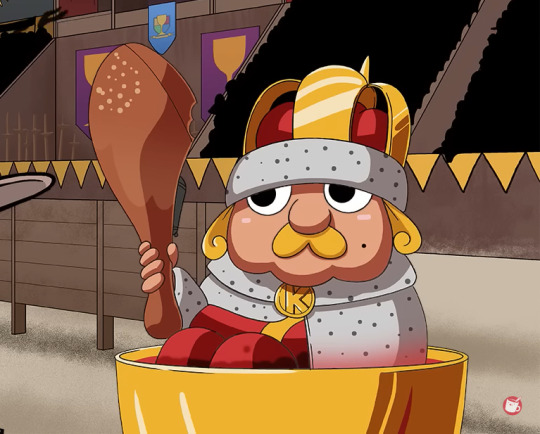

re-re-re-watching drawtectives and i'm going insane what is that on his turkey leggie
#it's not in the bg it appeared with him and moves with him#drawtectives#drawfee#did i miss something in the post-S2 stream?#is that a vial of SICHUAN pepper?
54 notes
·
View notes
Text
i'd like to believe that Eugene still has no idea what Sichuan peppers are, even after getting his memories back
17 notes
·
View notes
Text

Vegan Dry-Fried "Eels" (Shiitake Mushrooms)
This delicious example of Buddhist trompe l’oeil cooking is based on a memorable version...[at] the restaurant at the Temple of Divine Light, near Chengdu. The ‘eels’, made from dried shiitake mushrooms, look strikingly similar to the real paddy eels used in the classic Sichuanese recipe. The original dish did not include garlic, which strict Buddhists avoid as one of the pungent vegetables thought to inflame carnal passions, but [it's] added...here for extra deliciousness.
#vegan#appetizer#Chinese cuisine#east asian cuisine#veganized#vegan eels#mushrooms#bell peppers#chili#potato starch#doubanjiang#garlic#sichuan pepper#ginger#sesame oil
11 notes
·
View notes
Note
you may know this already but (part of) the reason that in some chinese restaurants vegetarian / vegan dishes are 'bland' is because of the correlation of buddhist cuisine / the avoidance of alliums. in chinese culture you can be 'five alluim vegetarian'... the chinese character for vegan / vegetarian ('su') can also mean 'simple' or 'plain'. i'd add characters but i suspect they wouldn't render. it's interesting if you'd like to read about it. best wishes + pleased to hear that you ate well!
oooh, i didn't know! but that's sounds so interesting :) i love onions but i'd be willing to try one of these dishes, soetimes very simple food can be so nice

#im vibing with this because i too am anti garlic !!#'ginger turmeric sichuan pepper' exactlyyyyy#asks
15 notes
·
View notes
Text
am desperate for a meal spicy enough to melt my tongue off, tragically aware the hottest anyone around here goes is jalapenos
#i like jalapenos but theyre not spicy#am dying for spice wheres my lava 😭#*okay i have like ONE spot that delivers decent heat but i want spicier than Sichuan peppers
9 notes
·
View notes
Photo
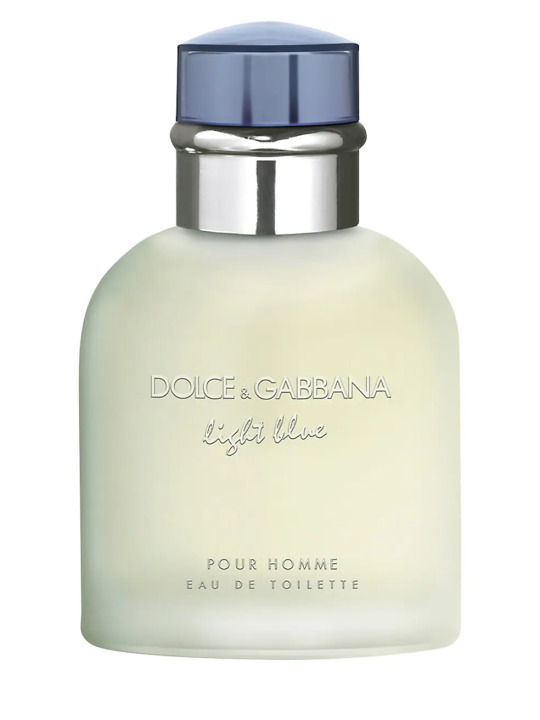
Light Blue Pour Homme (eau de toilette)
Light Blue
Dolce & Gabbana
Water
Light Blue Pour Homme: the quintessence of the joy of life and seduction by Dolce&Gabbana. Made for the Dolce&Gabbana man: someone sensual and modern who likes to take care of himself, enhancing his healthy body with sports. The perfume captures the fresh, spicy and sensual scents of the Mediterranean, which we feel is the perfect playground for seduction.
Top notes: Bergamot, Sicilian mandarin, Grapefruit peel, Juniper
Heart notes: Rosemary, Sichuan pepper, Rosewood
Base notes: Musk wood, Incense, Oak moss
#Dolce & Gabbana#dolce & gabbana light blue#eau de toilette#water family#bergamot#sicilian mandarin#grapefruit peel#juniper#rosemary#sichuan pepper#rosewood#musk wood#incense#oak moss
2 notes
·
View notes
Text
Compound behind Sichuan pepper

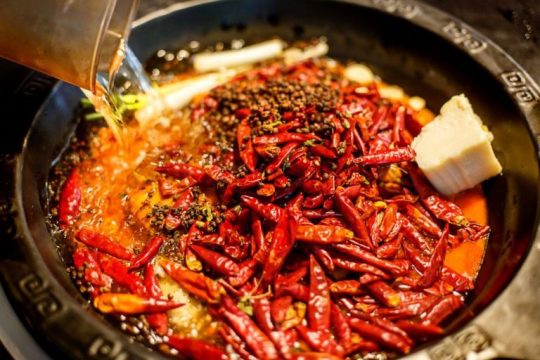
Zanthoxylum bungeanum is a species of plant in the family Rutaceae. It is one of the sources of the spice Sichuan pepper. Sichuan pepper, originally from the Himalayas in China, is one of the oldest spices in the country.
Zanthoxylum contains limonene, geranyl, isanisole, cresine, and other volatile substances, so it has a strong aroma. The most unique spicy taste of Sichuan pepper is brought by "Hydroxy-α-sanshool", which will make people have a tingling, numb feeling. Especially in Sichuan cuisine, Sichuan peppercorns are often combined with chili peppers to create a "spicy" taste for us.

#pepper#sichuan peppercorns#sichuan#spicy food#chemblr#compound#molecule#chemistry#organic chemistry#did u know#amazing facts#kingdraw
8 notes
·
View notes
Text
it's been so so long since i've had true, spicy sichuan food... god i'm craving it so much
#like the kind of sichuan food where the dish is half red peppers#and you need white rice to wash it down#i'm making myself hungry#i'm a decent chinese home cook but i'm always used to toning down the spice level for the people i'm cooking for#my text
3 notes
·
View notes
Text
Kung Pao Shrimp
Via Lucky Peach.
[My sauce never quite thickened up the way I would have liked, but it was still tasty.]
Sauce
2 tbsp water
1 tbsp soy sauce
1 tbsp Shaoxing wine
1 tbsp Chinkiang vinegar
1 tbsp sugar
1 tsp sesame oil
1 tbsp cornstarch
pinch of white pepper
Stir-Fry
3 tbsp neutral oil
10 small dried red chilies
1 tsp Sichuan peppercorns
2 tsp minced garlic
2 tsp minced fresh…

View On WordPress
0 notes
